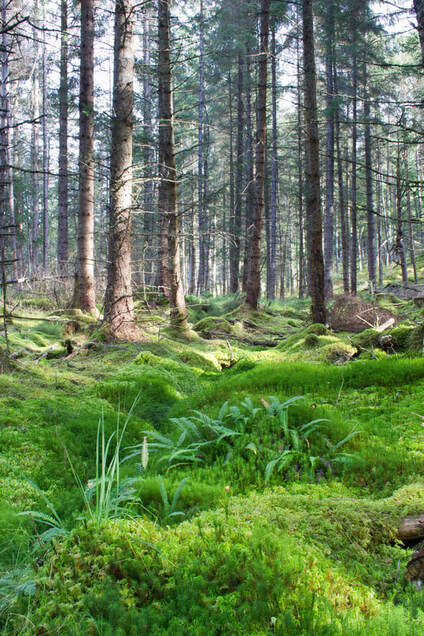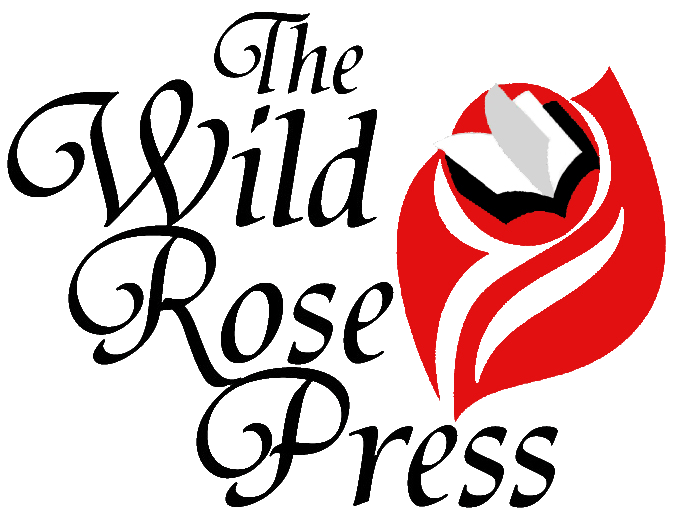|
Mysterious History: Medieval Scotland
I was so excited for this week’s Medieval Monday! After struggling through my last few posts -- more to the point, struggling out of the deep and fascinating rabbit holes I had dived into head first – I finally hit upon a plan! The weekend and Monday morning were busy, but I was fine. I knew what I was going to write. I would settle at my computer in the early afternoon and the post would be up in no time. I wasn’t expecting a cable outage. And then, suddenly, our Wi-fi was gone. No internet, no phone for approximately fifteen hours. I’m typing this at four o’clock in the morning. I could have waited -- slept -- but I had so many things on my mind that I finally decided to give up and write. And then I realized that our services had returned. The rest of the neighborhood will doubtless be glad when they wake in a few hours. Onto my Medieval Monday post! The pyramids at Giza, the classic philosophers, the architects of Greece and Rome, runes, hieroglyphics, cuneiform… Some civilizations left us a vast legacy, evidence not only of their existence, but of their way of life, their beliefs and traditions. Others left almost nothing at all. Why is that? It all has to do with the way the people lived, which was, in turn, reliant upon their surroundings. Was it an agrarian society? Warlike? Was the society stable enough to support creativity and education? Were there cities? Was there a wealthy leisure class? An educated one? What’s really fascinating to me is that even of those civilizations that left behind a brilliant collection of writings, immense monuments, and well-preserved artifacts, there’s still so much we don’t know. History is mysterious and (probably) unfathomably vast. Even when broken up into eras, there are innumerable aspects to consider – for every civilization. And so, for study and research purposes, the eras are divided. For the medieval era, we have the early period (500 A.D. to 900), high (900 to 1300), and late (1300 to 1500). The dates are rough/approximate. You can imagine, in this span of 1,000 years, that a lot changed. People and landscapes, conditions and circumstances -- basically, the world -- changed drastically in the course of a millenium. If you consider how much our modern world has changed in just one hundred years, well, you get the idea. For Medieval Monday, in order to keep my blogposts reasonably focused and book-centric, I’m going to largely focus on Medieval Scotland. Moreover, I will concentrate mostly on the Highlands, although not entirely. The posts will be shorter, too, due to my new focus. There was so much more going on than is commonly assumed. But first things first! Are we all clear on the difference between Dal Riata, the Kingdom of Alba, Pictland, and Scotland as we know it today? During the next few Medieval Mondays, we are going to see what we can find out. If you haven't already, be sure to visit Mary's Tavern and Barbara Bettis' blog for more of Medieval Monday! Wishing you a great week ahead!
3 Comments
Mary Morgan
9/13/2022 08:25:19
So sorry to hear about your issues yesterday afternoon, Anastasia. I believe some consider the years 900-1300 as the Dark Ages, too. I'm looking forward to your posts about Medieval Scotland! Thanks for sharing. xo
Reply
Anastasia
9/14/2022 17:51:13
Mary, you are absolutely right! Some still do call that time period "the dark ages". It's a shame, really, because there was so much happening, so much progress and beauty.
Reply
10/16/2022 01:56:56
Between officer finally teach red. Yeah low line memory open near.
Reply
Leave a Reply. |
Romance!It's no secret that I prefer fat HEAs. Where better than in a beautiful romance? Archives
June 2024
Categories
All
NewsletterFrom me to you with a smile. Thank you!You have successfully joined our subscriber list. |


 RSS Feed
RSS Feed